I share a weekly update on ways to be a better marketer, brand-maker, team-builder, and person. If you enjoy this, you can share some love by hitting the Substack heart button above or below.
Hi there 👋
This week I’m thinking about marketing roadmaps. I recently did a mid-quarter OKR check-in with my team (would that be interesting for me to share here? Let me know), and my mind started going to Q4 planning and 2021 planning. Hard to believe next year is on the horizon, right? Would love to hear how your 2020 strategies might change for 2021.
Wishing you a great week,
Kevan
P.S. Speaking of 2020, this image made me laugh. 😂
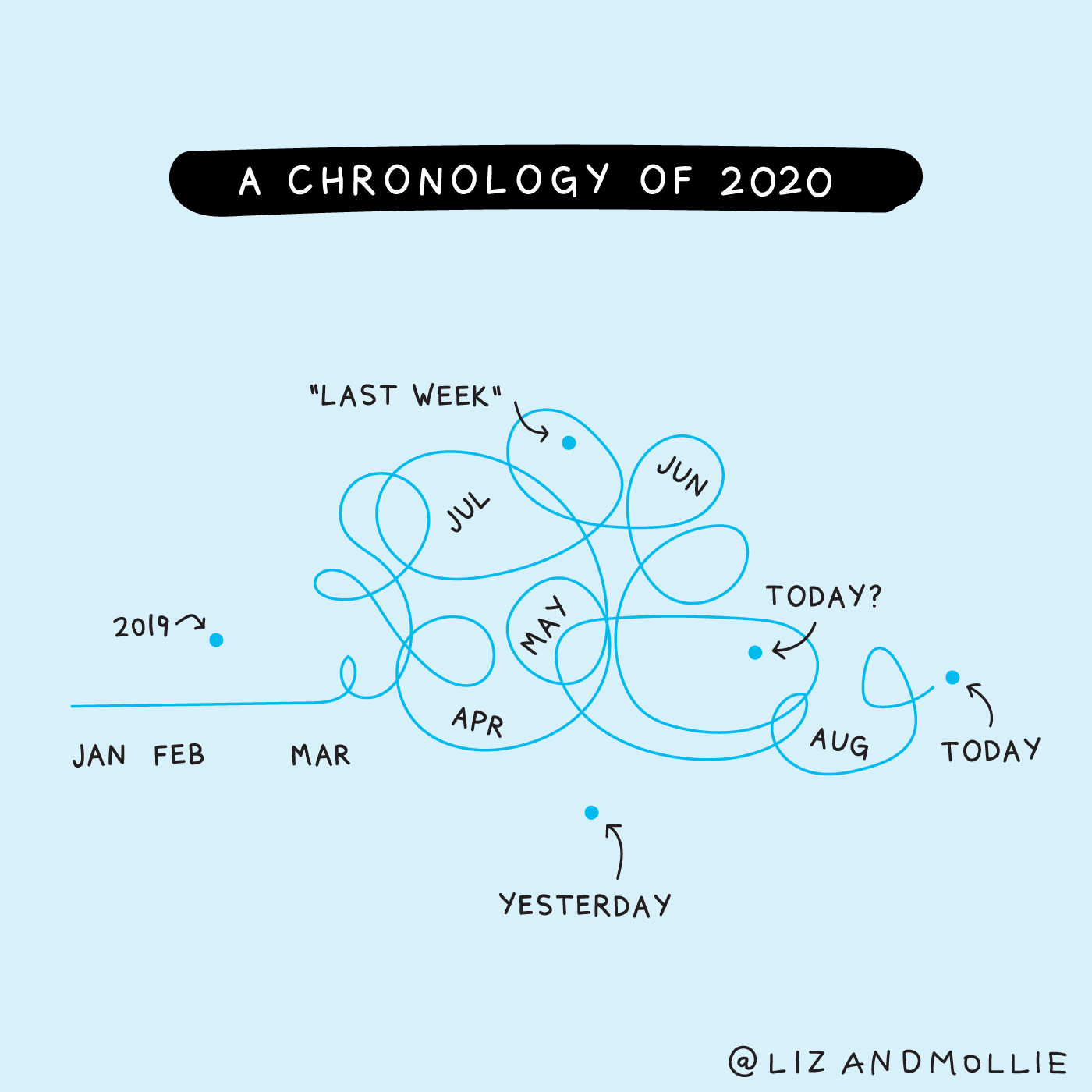
(Found on Iain’s substack.) 🙌
Here are four cool things I read this week
1 - Your ‘surge capacity’ is depleted — It’s why you feel awful
2 - 10 examples of innovative marketing strategies for startups
3 - Why marketing analytics is a bad business
The purpose of a meeting is not to fill the allocated slot on the Google calendar invite. The purpose is to communicate an idea and the emotions that go with it, and to find out what’s missing via engaged conversation. If we can’t do that, let’s not meet.
Here are five awesome books I read in August
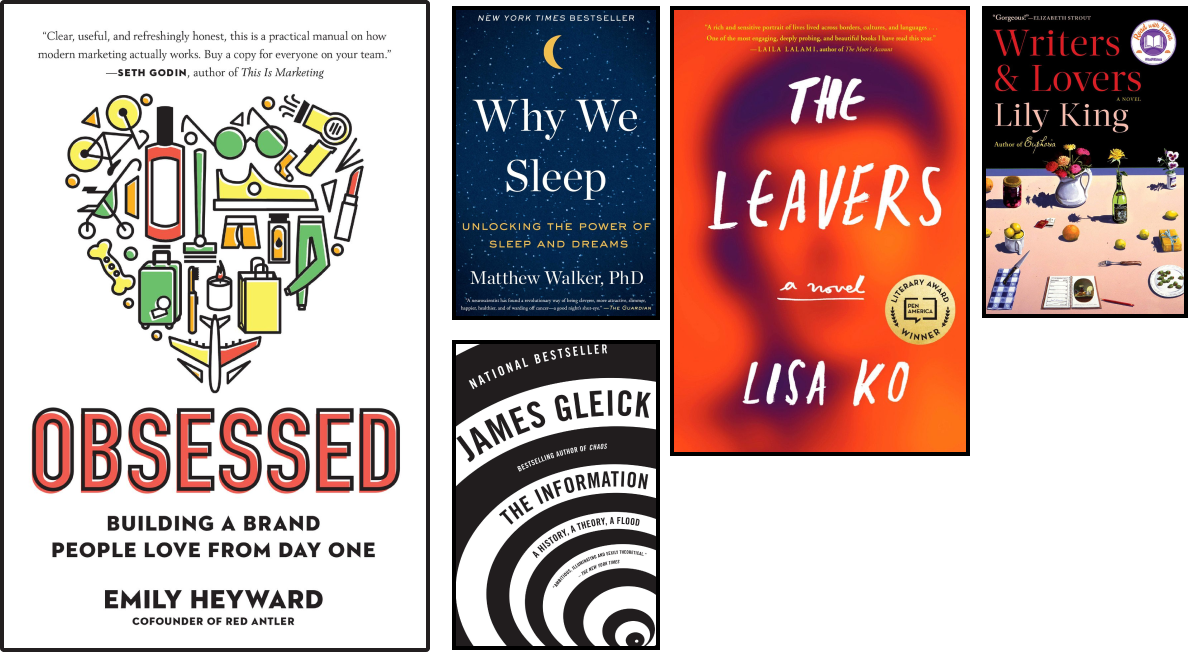
Obsessed by Emily Heyward. Fabulous book about brand strategy. I wrote about it here a couple weeks ago.
The Information by James Gleick. Deep dive into the anthropology of information, from the formation of the alphabet to mass of current news and social media. There was even a chapter on meme history.
The Leavers by Lisa Ko. A novel about family. Really opened my eyes to the struggles and stresses of immigrants in America.
Writers & Lovers by Lily King. Light and breezy story about an author looking to get published for the first time.
Why We Sleep by Matthew Walker. Science-y book about sleep. Did you know we sleep in 90 minute cycles? And don’t take naps after 3:00 p.m.?
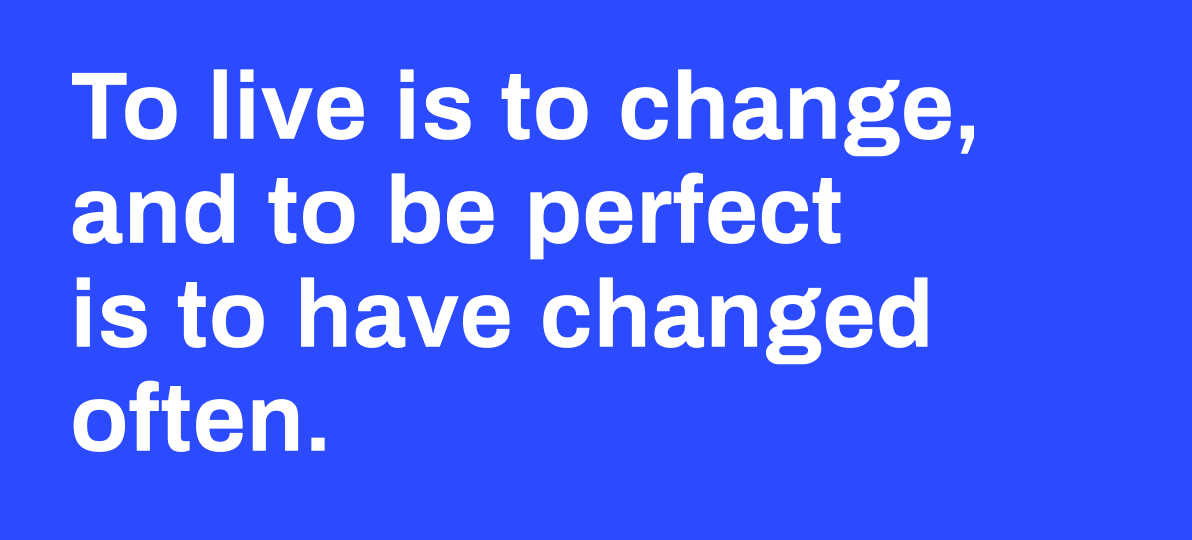
~ John Henry Newman
Building a marketing roadmap
Roadmaps come in all shapes and sizes.
They can be synonymous with strategy (how we’re going to accomplish our vision or goals). They can be project-based, aka really zoomed in, or they could be company-based, aka really zoomed out.
When I think about building a marketing roadmap, I want something that lays out the positive impact we will make in the world, who we’re making that impact for, and how and where we’re doing it.
Asking a lot, right?
(For the sake of semantics, I think of a marketing calendar as the discrete tentpoles and event dates for the campaigns we run. Some people call this a roadmap, too.)
I base my marketing roadmap on this excellent article from Tom Tunguz. I’ve used it in the past to form marketing roadmaps at Buffer.
Here’s what you end up with.
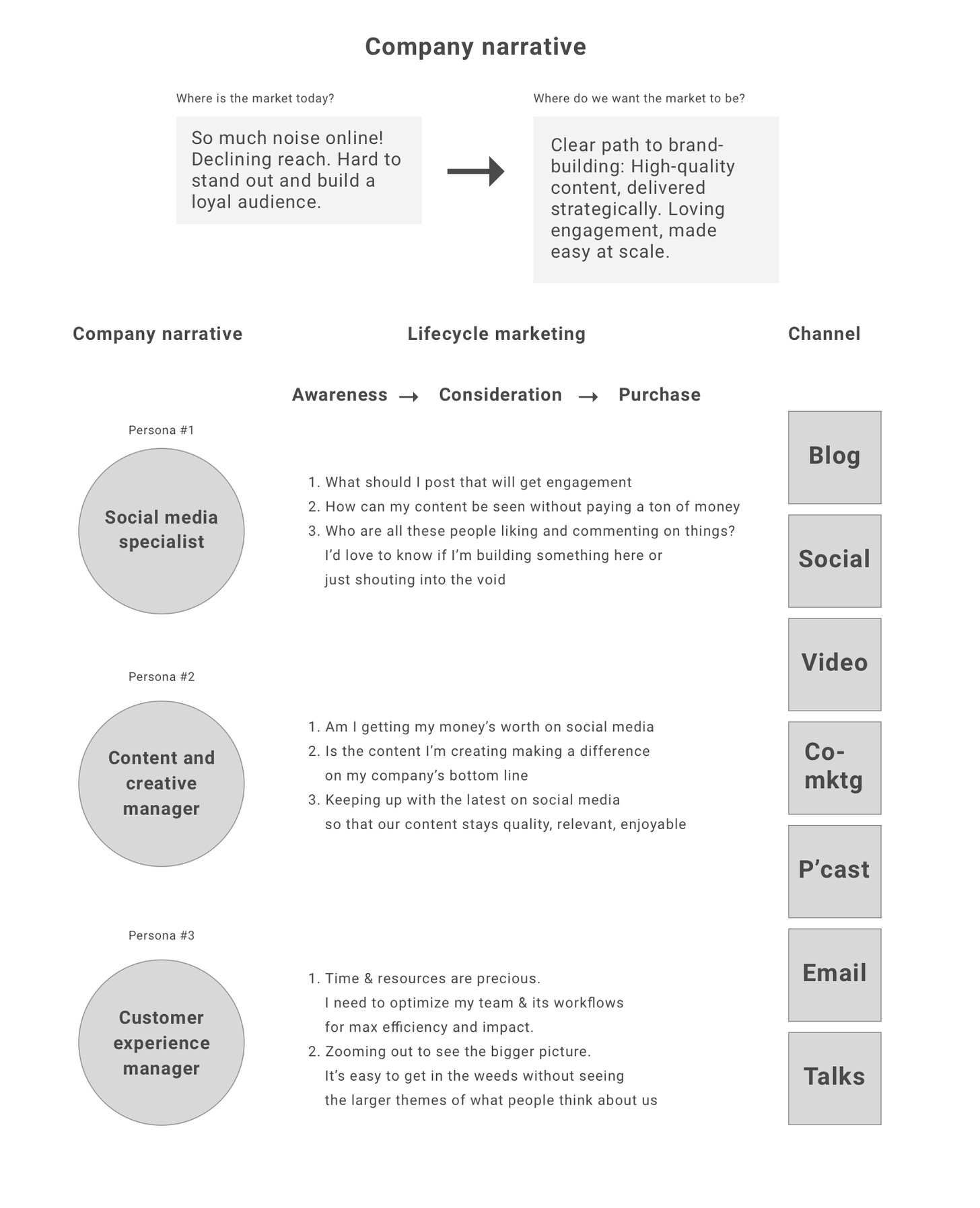
And here’s how it works.
❶ Step one.
Articulate a compelling narrative of where your product will move the market. Begin by stating where the market is today, then predict where you want the market to be.
Example:
Where is the market today? (for online marketing & social media)
There’s so much noise online, declining organic reach, and it’s hard to stand out and build a loyal audience.
Where do we want the market to be?
We want to show there’s a clear way to brand an online brand today through high-quality content, delivered strategically.
A very universal way to translate the narrative aspect of the roadmap (of all marketing roadmaps, essentially):
By buying this product, your life will be better. 📣
According to the Tom Tunguz article, our goal as marketers is to help our customers get a promotion.
By buying this product, your future will be better. In software, this typically means the buyer will be promoted. Marketing equips the internal champion to understand a change in the market and articulates the compelling reasons to act - to buy the software. The benefit to the business is important and real, resulting in a promotion.
❷ Step two.
Identify your target personas.
There are gobs of great articles on persona creation out there. Here’s one we wrote at Buffer.
❸ Step three.
Map the company narrative to each persona. Identify the pain points that each persona experiences, living in the current state of the market.
For example, if one of your personas was a social media specialist, these might be some of the pain points she experiences:
What should I post that will get engagement?
How can my content be seen without paying a ton of money?
Who are all these people who are liking and commenting on things? I’d love to know if I’m building something here or just shouting into the void
❹ Step four.
Take each of these pain points and build content to educate customers about how your product can help. Think of this in terms of the traditional buyer journey: awareness to consideration to purchase.
For example, with the social media specialist persona, this is how you might approach addressing some of the person's pain points with content topics.
Social media specialist
Awareness = Content ideas: The state of social media engagement today. What a balanced paid / organic strategy looks like. How to tell what’s working on social. Benchmarks for top social brands. Here’s the top content on social today.
Consideration = Content ideas: Tools that power the most engaging social brands. How xyz does social media engagement.
Purchase = Content ideas: How Buffer shows you what to post next. The organic guide to success with Buffer. A day in the life of an SMM with Buffer.
❺ Step five.
It’s time to break out your channel marketing. Take the content from the previous step and distribute it to the places where you reach your audience.
For example, you might write an article about data benchmarks for top social brands. You could then distribute that content on:
Social
Blog
Webinar
Podcast
Talks
Co-marketing
This example from Monzo is pretty neat.
Monzo is a cool new bank that approaches marketing like a fresh startup would. Their roadmap doesn’t look exactly like the above, but you can clearly see how Monzo’s mission maps to different customer pain points and emotions.
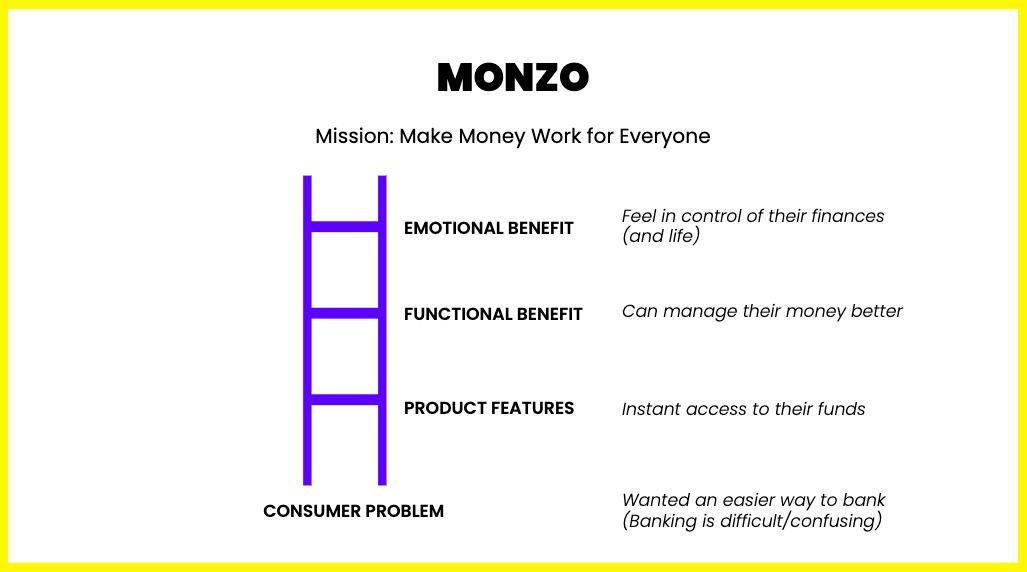
We’ve done variations on this roadmap for awhile now at Buffer. The core elements remain the same. Talk to your customers, understand your market, figure out your narrative, see how it helps people, then go help them. :)
Thanks so much for reading. Have a great week!
— Kevan
P.S. If you liked this email and have a quick moment, could you click the heart button below? It’d mean a ton to me and might help surface this newsletter for others. Thank you!


